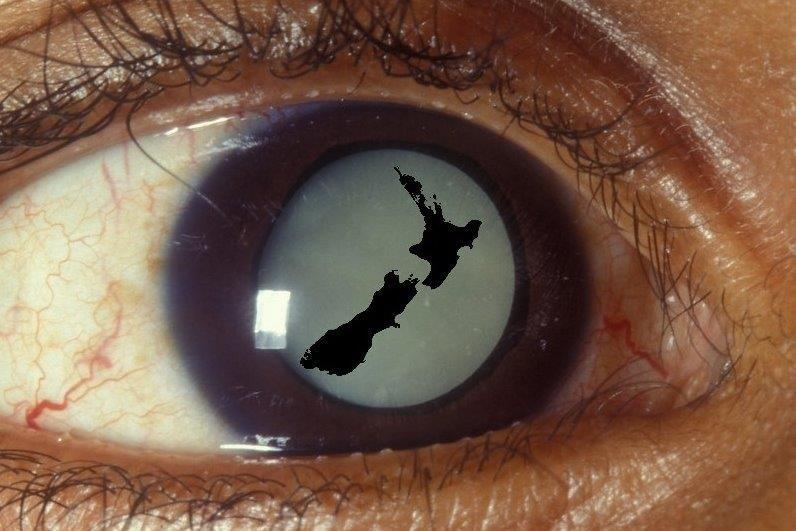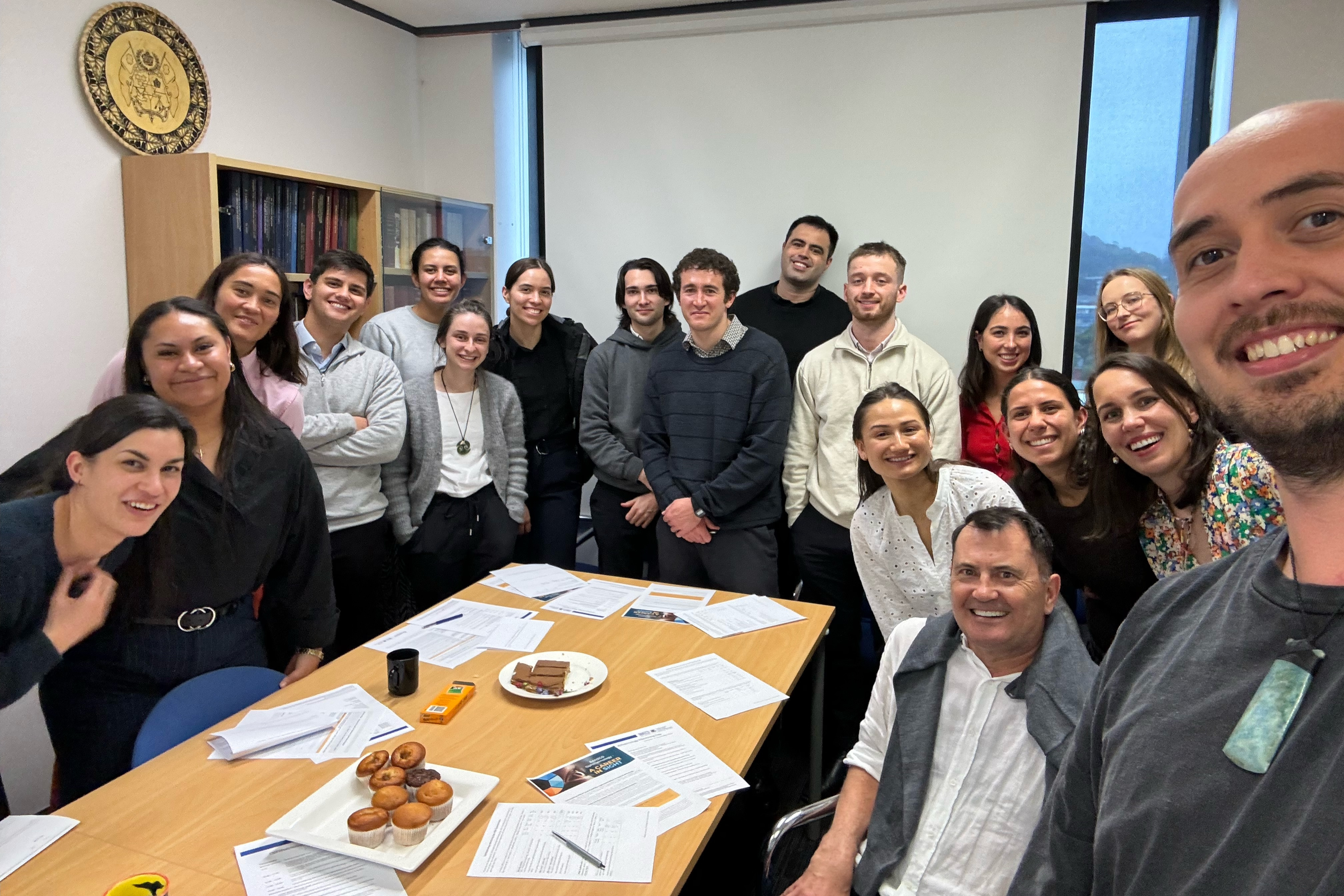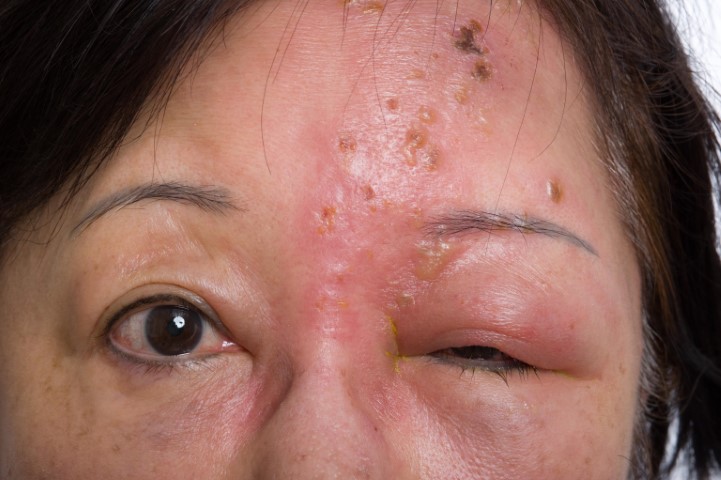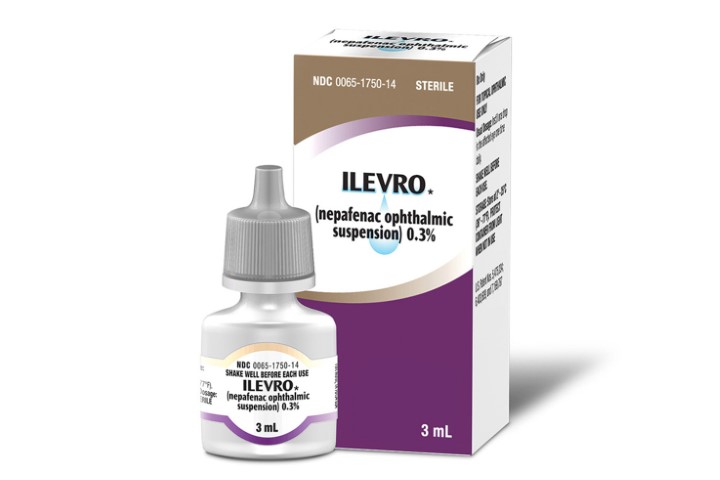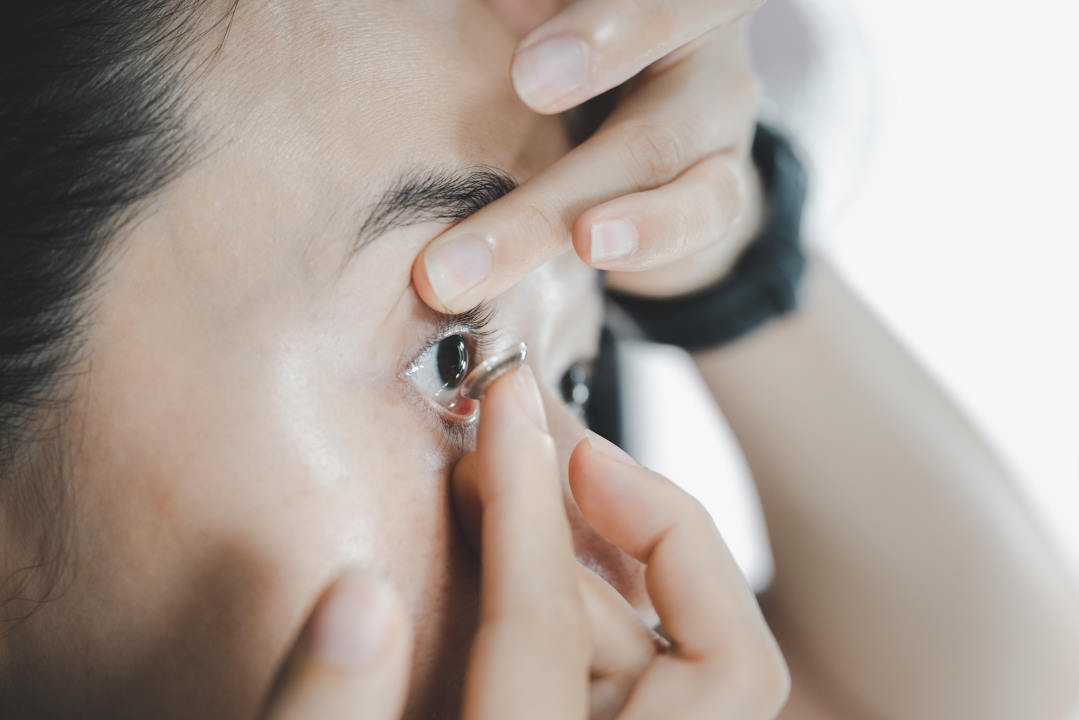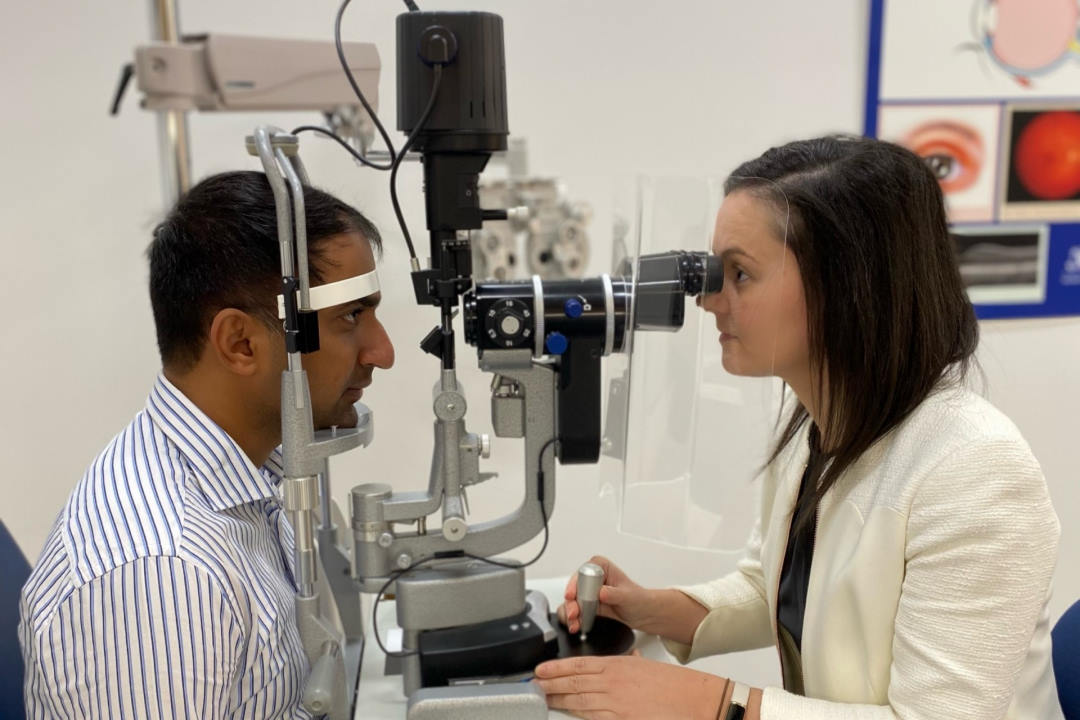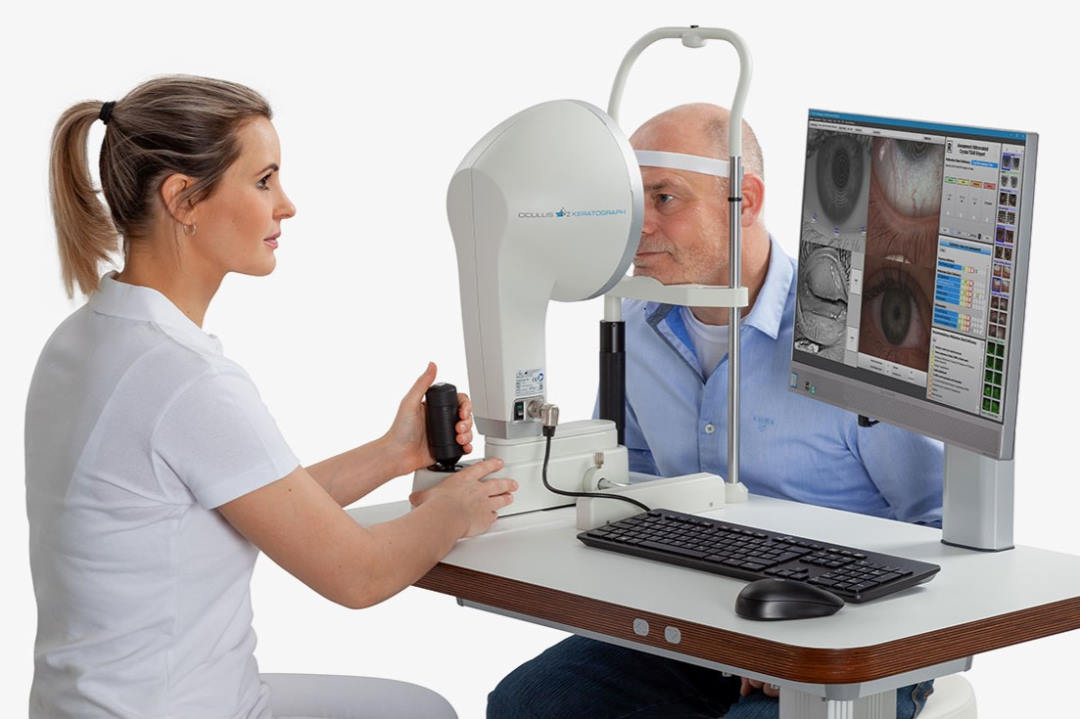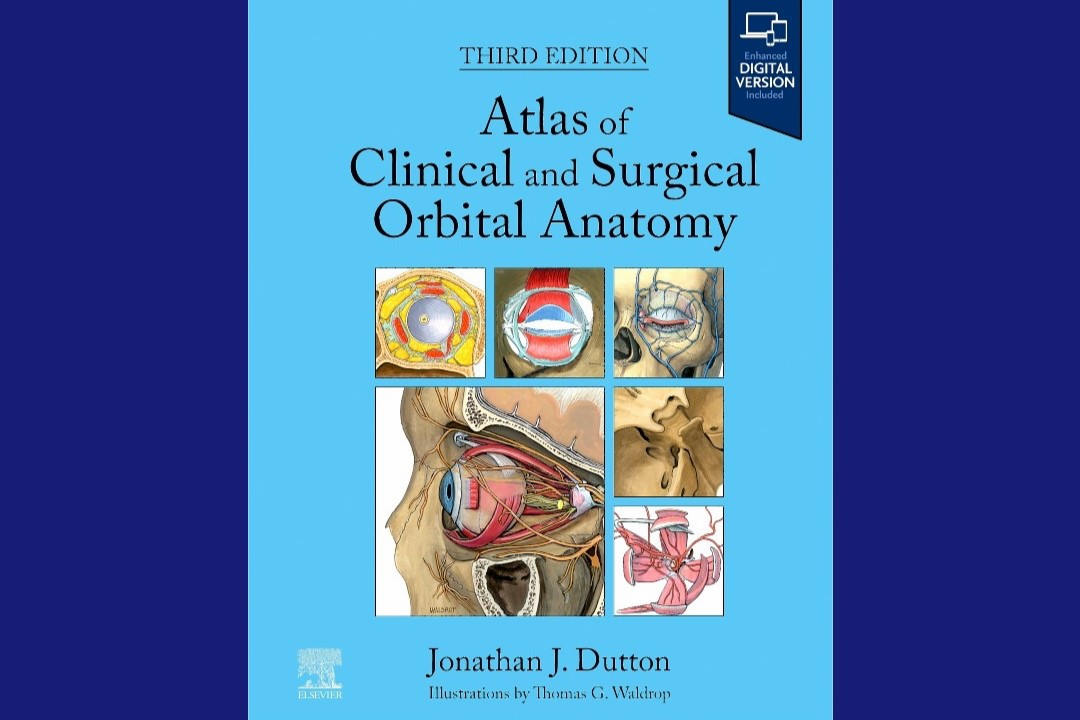Preservatives in glaucoma drops
Switching to preservative-free tafluprost leads to an increase in tear film thickness (TFT), breakup time and an improvement in the dry eye-related quality-of-life score, researchers found in a study published in the European Journal of Ophthalmology.
The study, led by Dr Anton Hommer from Vienna, a consultant for Santen Pharmaceutical, manufacturer of Taflotan, a preservative-free ophthalmic formulation of Tafluprost, involved 30 patients, between 68 and 84 years old, who were on topical preservative-containing prostaglandin monotherapy for at least six months and were then switched to unpreserved tafluprost drops once daily. Tear film thickness was measured at baseline and four and 12 weeks after the therapy change with an ultra-high-resolution optical coherence tomography system. Tear film breakup time (TBUT) was measured following the guidelines in the Dry Eye Workshop (DEWS II) report and dry eye symptoms were assessed using the Ocular Surface Disease Index (OSDI), with the 15-item DEQS questionnaire was used to assess change in patient quality of life. After switching to unpreserved tafluprost, TFT significantly increased to 4.7µm after four weeks and 4.8µm after 12 weeks. TBUT increased from 5.1 seconds at baseline to 7.2 seconds after 4 weeks and to 10.1 seconds after 12 weeks, while switching to preservative-free drops reduced DEQS from 11.4 to 5.7 and 4.
“There is increasing evidence that long-term exposure to preservatives impact the health of the ocular surface,” the research team reported, noting that no change in intraocular pressure was observed, “indicating that the IOP-lowering capacity of preservative-free prostaglandin eye drops is not inferior to that of preserved formulations.”











